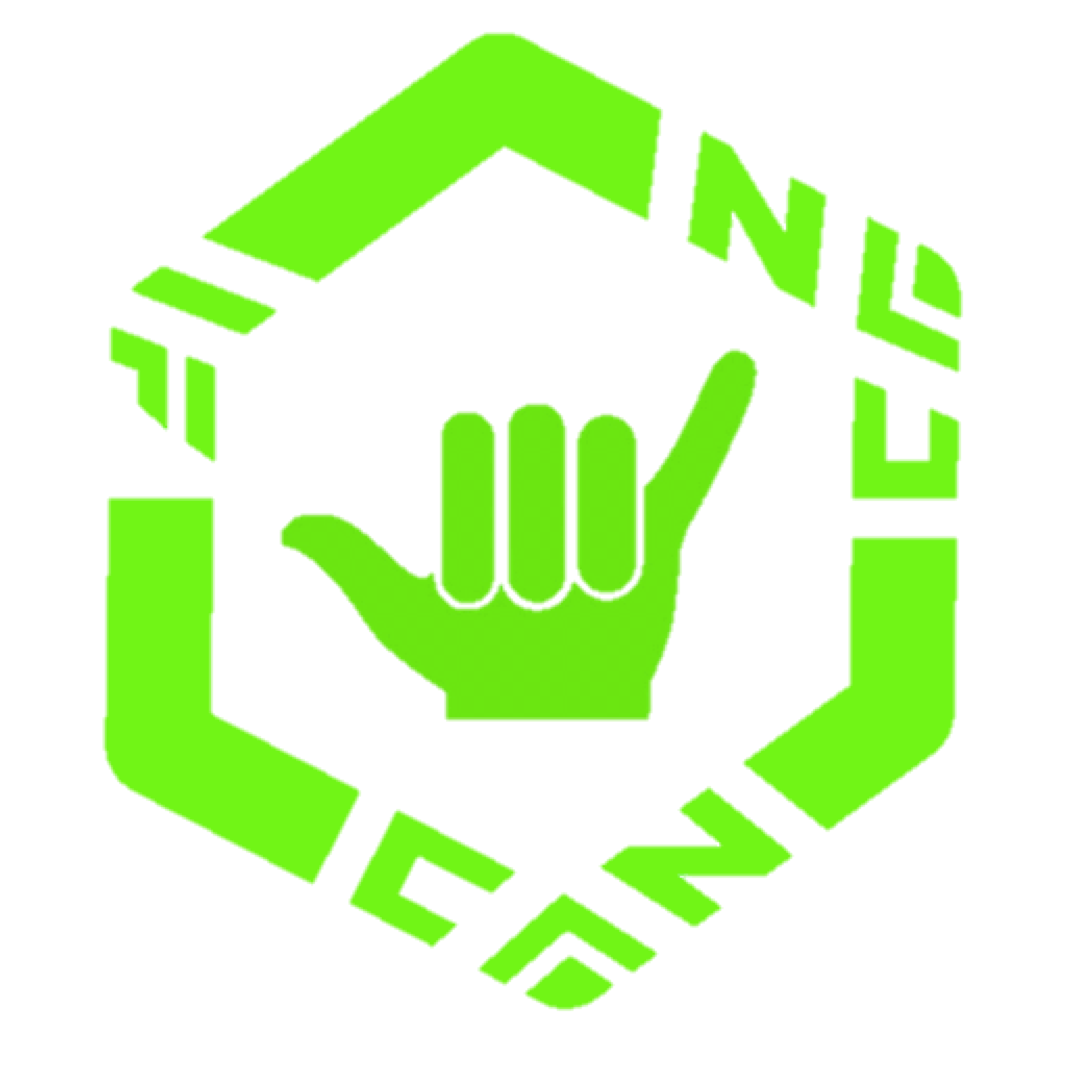Quick Guide to Hawaiian Words & Traditions
Hula: Hula is not just a dance; it's a storytelling art form that encompasses a range of movements, expressions, and chants. There are two main styles of hula: hula kahiko (ancient hula) and hula ʻauana (modern hula). Hula performances often depict moʻolelo (stories), legends, or the beauty of nature, with dancers adorned in traditional attire such as paʻu skirts and lei.
ʻOhana (Family): ʻOhana is the cornerstone of Hawaiian culture, representing extended family networks bound by aloha (love) and kuleana (responsibility). ʻOhana members share hānai (foster) relationships, nurturing and supporting one another through life's challenges and celebrations. Hālāwai (gatherings) are cherished occasions for strengthening familial bonds and perpetuating cultural traditions.
Aloha (hello, goodbye, love): The Aloha Spirit embodies the essence of aloha, promoting pono (righteousness), lokahi (unity), and kākou (inclusivity). It encourages people to live with lokomaikaʻi (kindness) and lokahi (harmony), fostering a sense of pili (connection) and kōkua (helping) within the community. The spirit of aloha is reflected in everyday interactions, from heartfelt greetings to acts of mālama (care) for others and the ʻāina (land).
ʻAina (Land): The ʻāina is revered as the source of life, sustenance, and cultural identity in Hawaiian cosmology. Mālama ʻāina (caring for the land) is a sacred kuleana (responsibility), embodying the principles of mālama (respect), lokahi (balance), and hoʻihi (reverence) for the natural world. Traditional practices such as mākaukau (preparation), hoʻoulu (nourishment), and hoʻomalu (protection) ensure the perpetuation of Hawaiian stewardship values for future generations.
ʻŌlelo Hawaiʻi (Hawaiian Language): ʻŌlelo Hawaiʻi is the ʻōlelo makuahine (mother tongue) of Hawaiʻi, imbuing the islands with mana (spiritual power) and manaʻo (wisdom) from kūpuna (ancestors). Efforts to hoʻoulu (revitalize) the language have led to its resurgence in ʻāina-based education, ʻōlelo schools, and ʻōlelo immersion programs. Learning ʻōlelo Hawaiʻi not only preserves ancestral knowledge but also strengthens connections to Hawaiian heritage and values.
Kapu (Taboos): Kapu are sacred laws and cultural protocols that governed conduct, behavior, and relationships in traditional Hawaiian society. The system of kapu reinforced hoʻomalu (respect) for akua (gods), aliʻi (chiefs), and ʻohana (family), ensuring the mai hoʻokō (fulfillment) of kuleana (responsibilities) and the maintenance of pono (rightness). Although many kapu have evolved over time, the spirit of kapu continues to resonate in cultural practices, ceremonies, and mores.
Music and Instruments: Hawaiian music evokes the mana (spiritual power) and mālamalama (clarity) of the islands, blending oli (chant), mele (song), and hana hou (performance) with traditional instruments such as the ʻukulele, kiʻi hōʻalu (slack-key guitar), and kīka (steel guitar). Mele Hawaiʻi (Hawaiian songs) celebrate moʻolelo (stories), ʻāina (landscapes), and aloha ʻāina (patriotism), resonating with the huakaʻi (journey) of Hawaiian culture through time and space.
Lei Making: Lei are symbols of aloha (love), hoʻomaikaʻi (appreciation), and hoʻokipa (hospitality) in Hawaiian culture, crafted from pua (flowers), lau (leaves), and mea hoʻokupu (gifts) of nature. Lei making, or haku lei, is an art form that honors hānau (births), hoʻolauleʻa (celebrations), and hoʻomanaʻo (memorials), weaving the mana (spiritual power) and moʻolelo (stories) of Hawaiʻi into each lei.
ʻIke Hawaiʻi (Hawaiian Knowledge): ʻIke Hawaiʻi encompasses the naʻauao (wisdom) and maʻalea (knowledge) of Hawaiian kupuna (elders), reflecting a deep understanding of pō (darkness) and mālamalama (light), ao (day) and poʻo (night), wai (water) and kai (ocean). Traditional practices such as wayfinding (nāʻauao hoʻokele) and lāʻau lapaʻau (herbal medicine) embody the mana (spiritual power) and manaʻo (wisdom) of Hawaiʻi nei (this land).
Hoʻoponopono (Conflict Resolution): Hoʻoponopono is a traditional Hawaiian practice of hōʻike (revealing) and hoʻopono (making right), aimed at restoring hōʻili (balance) and hoʻoponopono (harmony) within relationships and communities. Through hoʻāpono (apology), hoʻomaʻemaʻe (cleansing), and hoʻopuka (release), participants engage in pule (prayer) and manaʻo (reflection) to heal hewa (wrongs) and hoʻomau (perpetuate) pono (rightness).
Lomilomi (Massage): Lomilomi is a traditional Hawaiian healing art that integrates lapaʻau (medicine), hoʻoponopono (restoration), and lomilomi (massage) to mālama (care) for the kino (body), mana (spirit), and noʻeau (mind). Practitioners, known as lomilomi kumu (teachers), use oli (chants), kāhea (calls), and hā (breath) to hoʻomālamalama (illuminate) and hoʻopakele (heal) the pūlama (receiver) with aloha (love) and mahalo (thank you, gratitude).
